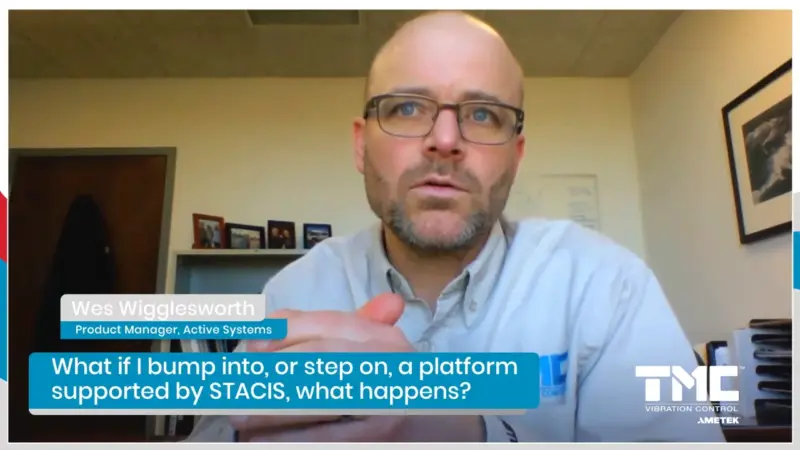Controlling Vibrations for Original Equipment Manufacturers
Controlling vibrations is a critical consideration in the field of precision instruments, with minute shifts having the potential to significantly impact the accuracy and reliability of measurements. In a recent discussion, we heard from experts in the field: West Wigglesworth, product manager of TMC, and Neil Fitzgibbon, senior business development manager at Taylor Hobson. They provided insightful commentary about the unique challenges and opportunities in this sphere.
Neil discussed the revolutionary capabilities of the Woofer Scan 850 HD, an optical metrology instrument that is breaking previous boundaries in measurement. Not only is the 850 HD capable of measuring optics from as small as 1mm up to 850mm in diameter, it can also handle variations in loads from a few grams up to 350 kilos. This presents a significant challenge from a structural point of view, but also opens up new opportunities for optics manufacturers.
Addressing the instrument’s support and vibration control, Neil pointed out how they worked from the ground up, with focus not only on supporting the granite with pneumatic isolators but also addressing the low frequency component. Two stages of isolation proved critical when dealing with nanometer scales.
Taylor Hobson’s decision to partner with TMC stemmed from TMC’s expertise in controlling vibrations. West Wigglesworth emphasized how their longstanding experience in the field, dating back to the 70s, has equipped them to work with engineers and scientists in designing precision instruments. He argued that the demands of these instruments continue to increase with advancements in technology, necessitating continual refinement and innovation in vibration control techniques.
Neil highlighted the importance of controlling vibration, stating that the lack of control could lead to catastrophic effects on their measurements. Especially for long measurements cycles, low frequency vibrations can introduce unwanted noise, potentially leading to erroneous conclusions about the surface being measured. The collaboration with TMC allowed them to remove all the frequencies that could potentially impact their measurement accuracy.
Wigglesworth closed by emphasizing the benefit of partnerships like this for original equipment manufacturers. He argued that TMC’s expertise in the field of vibration control, alongside their deep understanding of the requirements of precision instruments, could significantly enhance the design and functionality of these instruments. Collaborations like this, therefore, can serve to accelerate the development of high-performance precision instruments.



